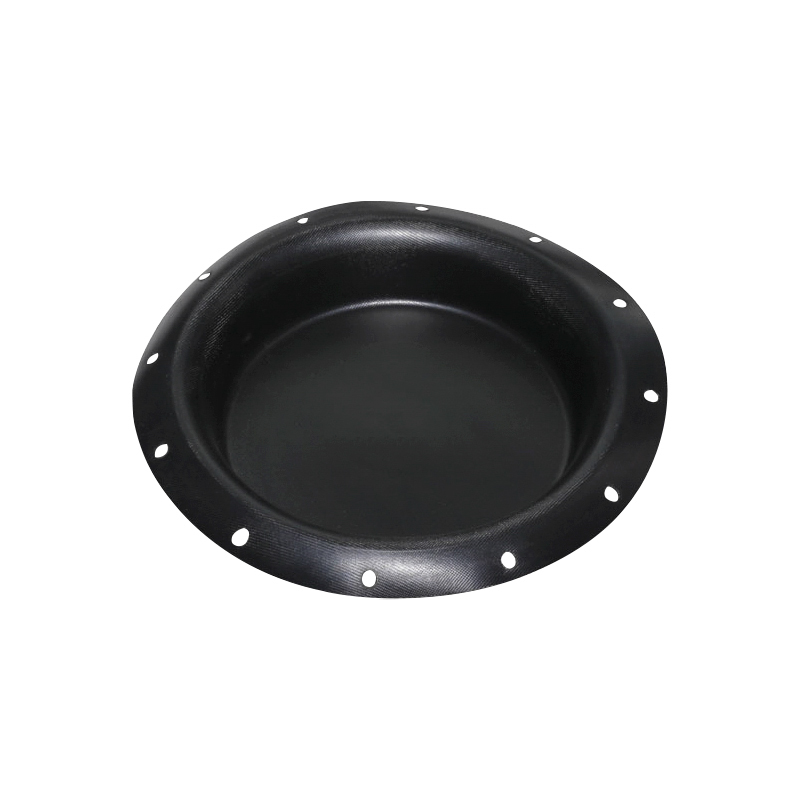
Hangzhou Biaozheng Rubber Plastic Fittings Factory
Professional rubber diaphragm research design and manufacturing

Hangzhou Biaozheng Rubber Plastic Fittings Factory
Professional rubber diaphragm research design and manufacturing
1. What toxic gases are produced during the vulcanizati […]
1. What toxic gases are produced during the vulcanization of rubber products? In the process of vulcanization of rubber, the semi-closed vulcanization of the oven is used to vulcanize some rubbers. For example, sulfur monoxide, sulfur dioxide, sulfur trioxide, and hydrogen sulfide gas are basically non-toxic, but they are definitely harmful to the human body. Some products will cause vulcanization, or the rubber before vulcanization itself has less contact with ingredients. The organic reagents used in rubber vulcanization are more or less harmful to the human body. such as dimethylbenzene, etc.

2. The vulcanization temperature of general rubber is generally 115 degrees to 180 degrees, depending on the type of rubber. The temperature of 200 degrees is high temperature vulcanization.
3. What are the hazards of sulfur dioxide? Hazard category - three-star The intrusion route is through the respiratory system, and the health hazard is easily absorbed by the wet mucosal surface to generate sulfurous acid and sulfuric acid. It has a strong stimulating effect on the eyes and respiratory mucosa. A large amount of inhalation can cause pulmonary edema, laryngeal edema, vocal cord spasm and cause suffocation. Severe poisoning such as lacrimation, photophobia, cough and throat, throat burning pain in mild poisoning can occur within a few hours, pulmonary edema can occur within a few hours, inhalation of extremely high concentrations can cause reflex glottic spasm and cause suffocation. Inflammation or burns on skin or eye contact. Chronic effects Long-term exposure to low concentrations may cause systemic symptoms such as dizziness and fatigue, as well as chronic rhinitis, pharyngitis, loss of smell and taste, etc. Environmental hazards Can cause serious pollution to the atmosphere.
We are Custom Rubber Diaphragm Valves Manufacturers and Pneumatic Actuator Valve Diaphragm Suppliers in China. All sub-suppliers are inspected and reviewed, and all product procurements are conducted only in qualified sub-suppliers. The raw materials, purchased parts, and outsourced parts provided by the sub-suppliers must undergo a rigorous review when entering the factory.

Copyright © Hangzhou Biaozheng Rubber Plastic Fittings Factory All Rights Reserved. Technical Support:Smart cloud >